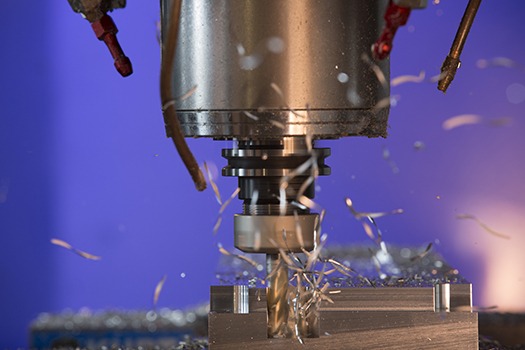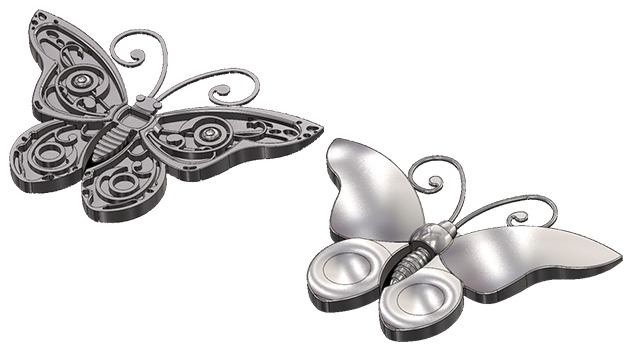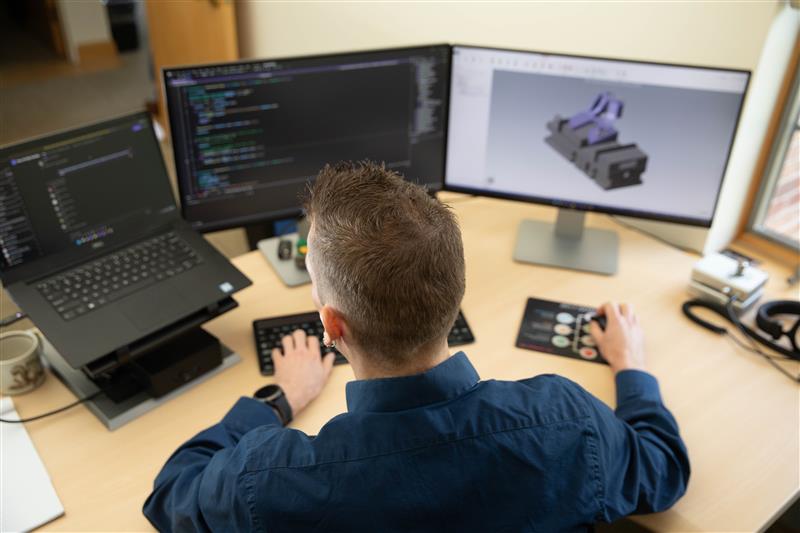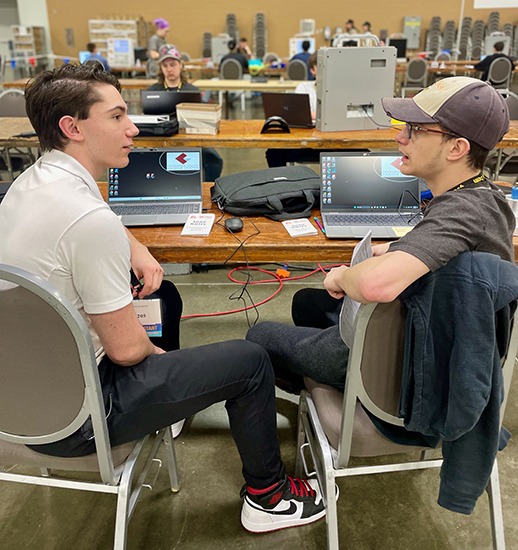
If you were to ask what the difference is between 2D and 3D machining, you’d likely get the stock reply of “2D machining works in two axes, and 3D works in three.” It’s an accurate answer, but not much else. So, what does that really mean and when should you use one or the other? Follow along this blog to learn more about 2D and 3D machining.
What is the difference between 2D and 3D?
We’ve established that 2D machining uses two axes while 3D uses three. The Ds in these terms refer to “dimensions”. That means that a 2D part is cut by a tool that is fixed at a certain height, but can move front-to-back and side-to-side – these are the two axes that give it the 2D classification. It also applies to drilling, in which the user positions the static tool on the X- and Y-axes while the Z-axis moves up and down. Imagine a wooden block onto which someone’s name will be engraved. This is a perfect application for 2D milling, as the name itself will be all one level along the top.
In 3D milling, the tool can also move up-and-down, which makes the total axes three. The tool can travel right, down, and forward all at once. With this added axis of motion, much more complex shapes are able to be machined, like fan blades, mechanical brackets, and gears. Imagine that, instead of someone’s name being engraved on the block, a miniature mountain is being carved into it. Because the mountain will vary in height as well as stretch side-to-side and back-to-front, 3D machining would be used.
2D Machining
2D milling is considered foundational, but it is not inherently simpler than 3D milling. A shop will not choose to machine something in two dimensions simply because it’s easier. In any industry, the design of the part will always dictate how it is machined. Some of the most commonly 2D machined parts are panels, electrical circuits, and signs.
3D Machining
3D milling excels on parts with more complex shapes, especially those with sculpted or non-planar surfaces. Parts for the mold and die industry, as well as for the aerospace industry, often rely on 3D machining.
A Quick Example
The following sample part illustrates that it is unwise to make assumptions about 2D versus 3D milling, especially when it comes to their complexity. The butterfly on the left is objectively more complex than its counterpart on the right. The left part, though, was 2D milled. The right was 3D milled. The part will always determine which method is best.

Learn More
Individual machinists often start with 2D milling before stepping into 3D milling as their skills grow, especially at facilities with both. It’s fairly common for a shop to have both 2D and 3D capabilities so that there is a wider range of machinable parts. In these settings, it is easy to see where the line is blurred between these two technologies and between them and the next: multiaxis.
To determine which technology is right for you, reach out to your local certified Mastercam Reseller.


